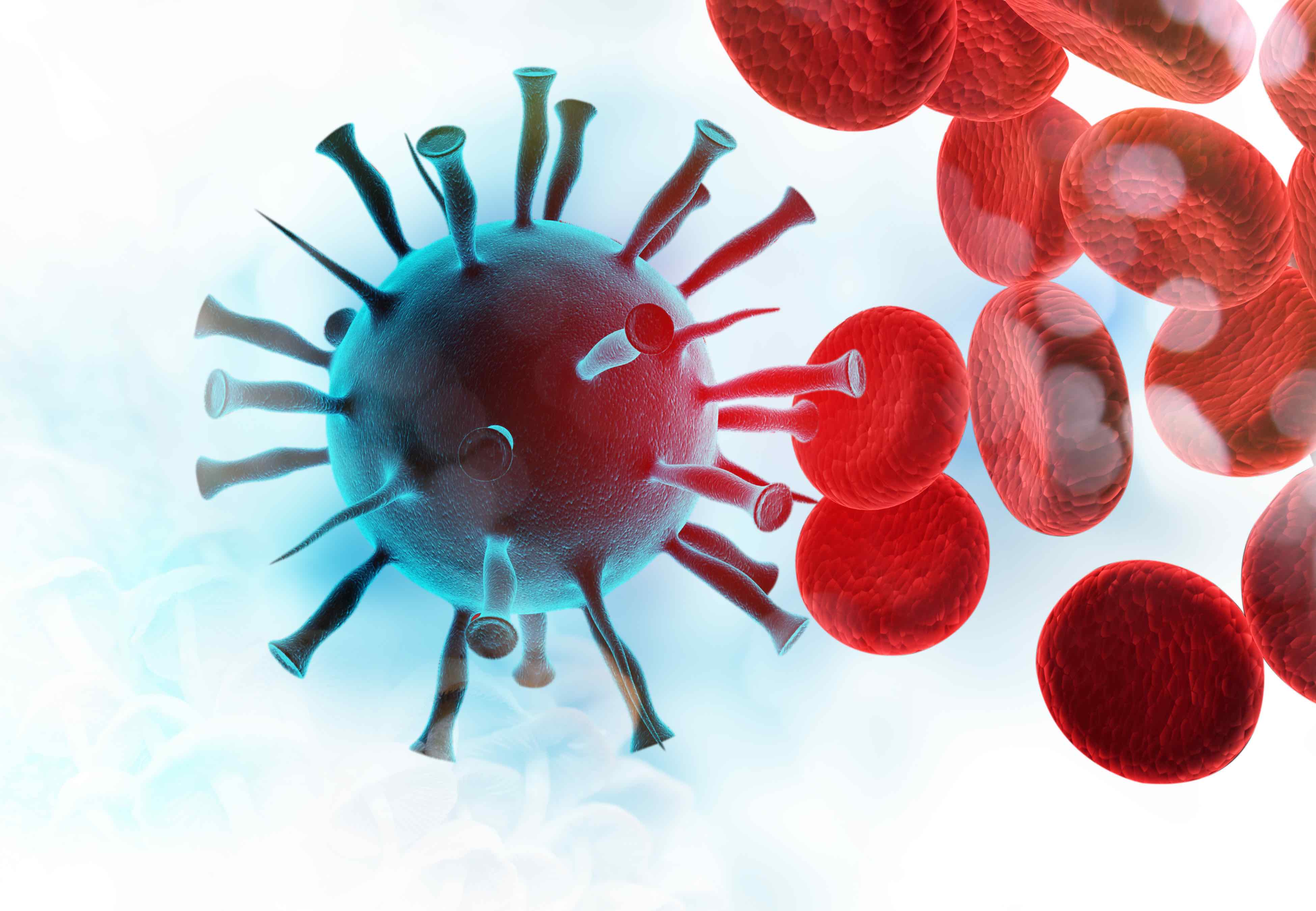PHE investigating risk of blood-borne viruses transmitted through microneedling
 Public Health England (PHE), the Government agency, is investigating the potential risk of blood-borne viruses being transmitted through the use of microneedling. The investigation comes after three staff in beauty salons in the North West reported needlestick injuries from disassembling a device that combines dermal rollering with the infusion of ingredients.
Public Health England (PHE), the Government agency, is investigating the potential risk of blood-borne viruses being transmitted through the use of microneedling. The investigation comes after three staff in beauty salons in the North West reported needlestick injuries from disassembling a device that combines dermal rollering with the infusion of ingredients.
If needlestick injuries to staff or cross-contamination to clients occurs, there is a risk of transmission of blood-borne viruses including HIV, hepatitis B and hepatitis C, PHE said in its report. All individuals in these cases tested negative. In its findings, PHE said “needle microdermabrasion involves a handset with a needle-studded cylindrical roller attached to it being moved across the face, creating multiple small punctures which can result in bleeding and the generation of serious fluid where it has been applied.” However, industry experts have questioned the level of risk involved.
“It’s the same as doing any other treatment involving blood,” said Tracy Tamaris, director of iiaa, which distributes Environ. “If the treatment is carried out correctly, then the risk is extremely low.”
Although the issues reported so far have only related to machines that combine needling with an infusion of a cosmetic solution, the investigation could have wider implications in the industry because manual microneedling devices work in a similar way. Currently, there are no regulations governing the use of needling systems, but Trish Carey, sales and marketing manager at Nouveau Skin Therapy, believes tighter control would be welcomed: “These lax practices undo the genuine, quality work by skilled professionals and introduce doubt and fear.”
PHE is working with environmental health officers and device manufacturers to recommend design modifications, reduce the risk of needlestick injury, and support the development of improved training and infection control guidance for those who conduct the treatment.
